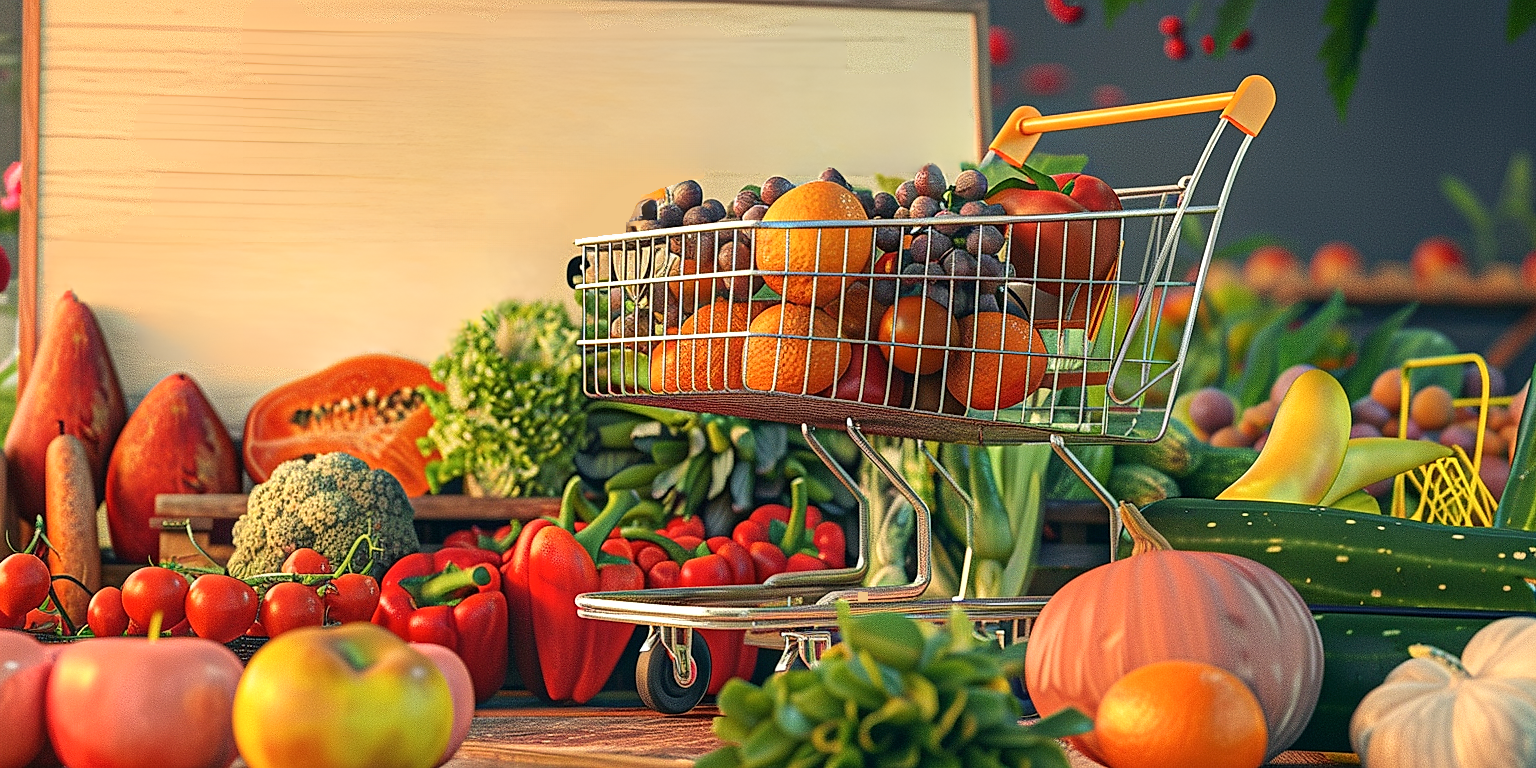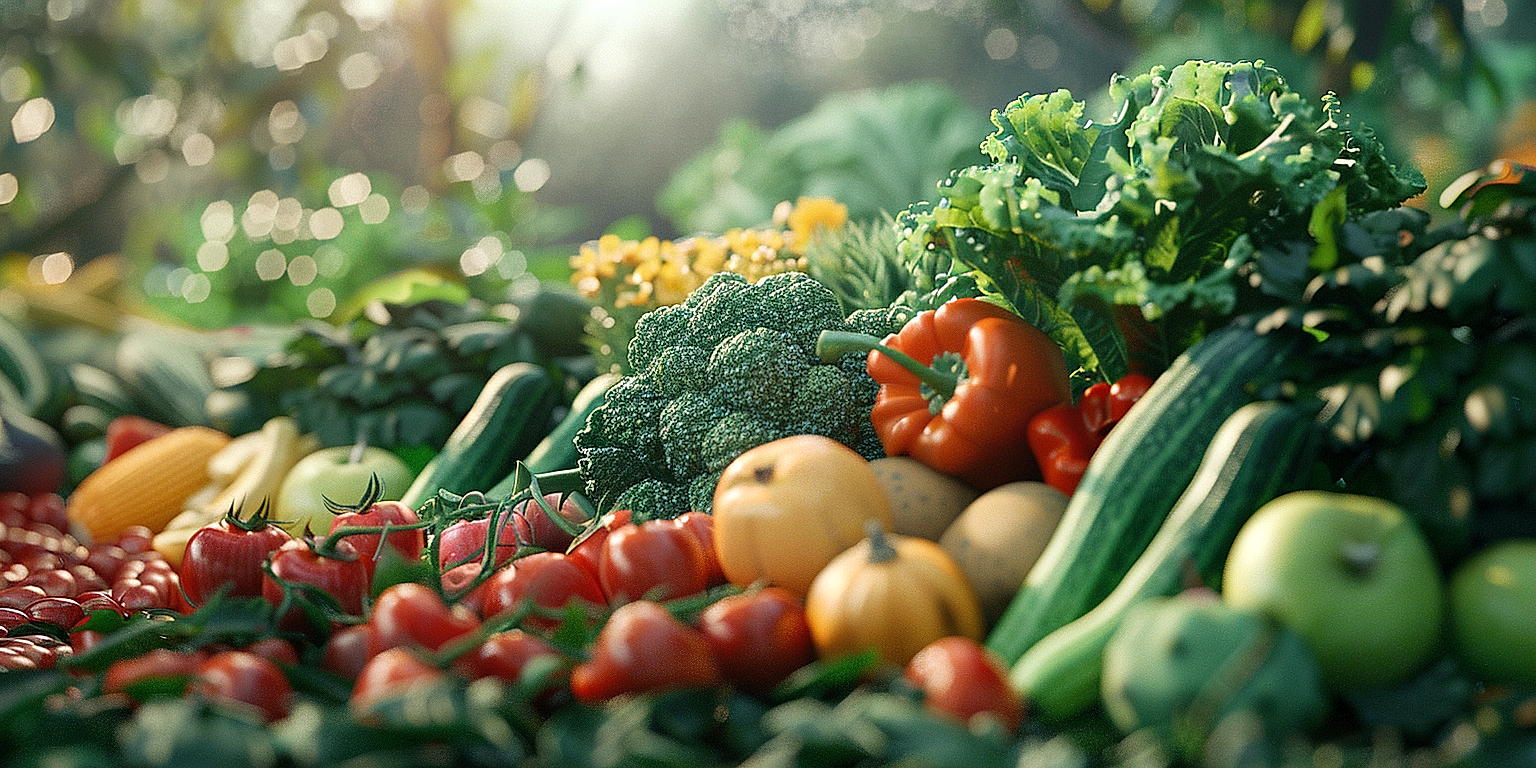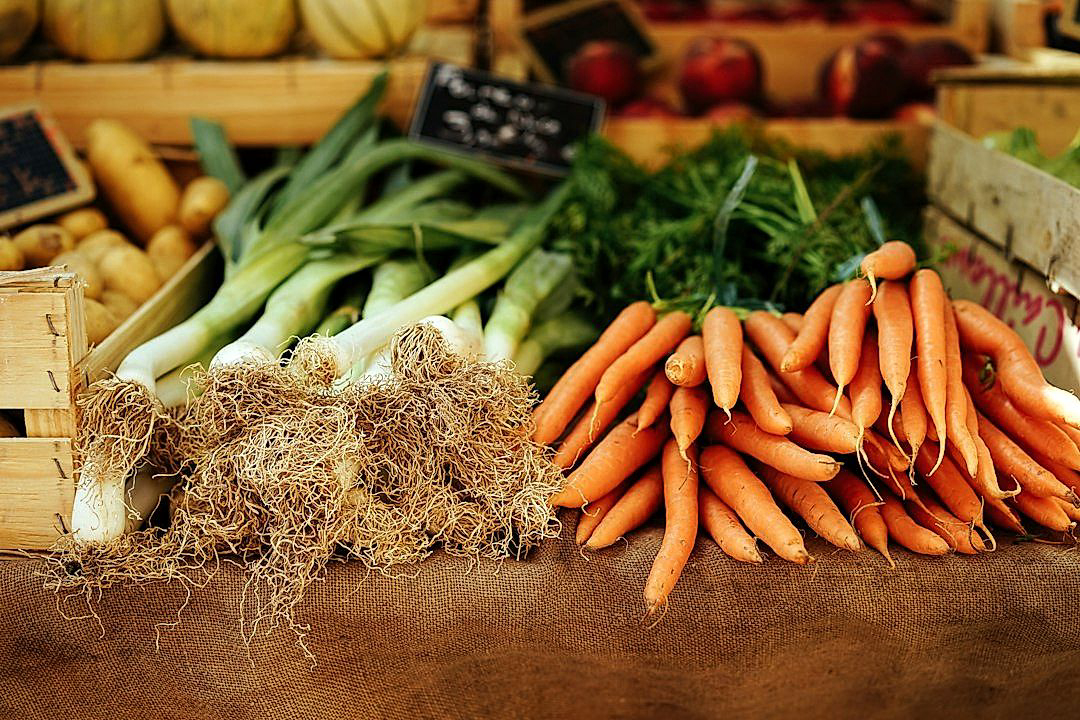The retail landscape is evolving at a rapid pace, demanding business owners to stay abreast of the latest trends influencing their industry and customer base.
As we venture deeper into this technologically-advanced era, traditional operating models for produce retailers continue to be reshaped by various market forces.
From shifting consumer preferences to sustainability practices, the shifts are multidimensional.
Recognizing and acting upon these trends can be pivotal for businesses aiming to maintain their competitive edge.
Ignoring these trends, on the other hand, may result in missed opportunities.
This article wishes to draw attention to the most significant of these emerging trends affecting produce retailers.
Contents
Market Trends Produce Retailers Can’t Ignore
1. Increased Demand for Organic and GMO-Free Products
In recent years, the demand for organic and GMO-free products has noticeably surged.
This trend indicates a major shift in consumer behaviour, as more and more individuals are opting for foods that are cultivated without the use of synthetic pesticides, fertilizers, or genetically modified organisms (GMOs).
Oftentimes, the drive behind this increased demand roots from concerns about the health effects of consuming food produced with artificial materials and processes.
Astonishingly, studies have shown that organic foods are more nutritious than their conventionally-grown counterparts, offering higher amounts of vitamins, minerals, and antioxidants.
Thus, the inclination towards organic and GMO-free products doesn’t merely promise a healthier lifestyle, but a well-rounded diet as well.
Moreover, consumers are increasingly recognizing the link between the food we consume and the impact it has on the environment.
By purchasing organic and GMO-free products, they’re supporting farming methods that are more sustainable and less harmful to the Earth.
Remembering that organic crops are grown without chemical inputs, it’s also a matter of supporting biodiversity and animal welfare.
This means that by preferring organic and GMO-free products, consumers also indirectly contribute to the welfare of livestock and foster a richer and more varied ecosystem.
Nowadays, an ever-increasing number of young consumers, the so-called millennials, are leading this major shift in the demand.
This age group has passionately embraced the organic movement, expressing a preference for organic food over non-organic by a margin of almost 2 to 1.
Therefore, it’s a trend that appears to be set for long-term growth, especially considering that these younger consumers will be a driving force in the marketplace for years to come.
In response to this trend, many food producers and retailers are making efforts to extend their range of organic and GMO-free products.
Major supermarkets, for instance, are dedicating more and more shelf space to these goods, creating ‘organic’ sections within their stores, or identifying organic products with prominent labels.
These strategies respond to a clear need to cater for a more health-conscious and eco-friendly consumer base, in order to stay competitive in today’s market.
2. Growing Preference For Locally-Sourced Produce
The shift towards locally-sourced and ethically grown produce is a trend that modern produce retailers cannot afford to overlook.
This trend is driven by a new generation of consumers who are highly conscious of their carbon footprint, the quality of the food they ingest, and the impact of their purchasing decisions on local communities and economies.
Retailers that recognize and cater to this trend are more likely to succeed in today’s competitive market.
From farm to table, these customers openly advocate for transparency in the supply chain.
They are willing to pay a premium for locally-sourced, fresh, and high-quality produce.
This has led to an increase in the demand for locally grown fruits, vegetables, and other produce items.
On the other hand, retailers can also benefit from the local sourcing of produce by reducing transportation costs and ensuring a fresh supply of produce items on a regular basis.
Several local farmers and growers are also more inclined towards organic and sustainable methods of agriculture, aligning with the preferences of the new age consumers.
Additionally, by stocking locally-sourced items, retailers have an excellent opportunity to create a unique selling proposition (USP) and differentiate themselves from their competitors who primarily rely on imported goods.
Marketing initiatives that highlight the benefits of buying local – not just for the consumers but also for the community and the environment – can significantly sway purchasing decisions in their favor.
Retailers can also engage local consumers and build stronger relationships with the community by partnering with local farmers and growers for special events, promotions, or even educational sessions about the benefits of local sourcing.
Investing in the local economy not only elevates a retailer’s brand image but also contributes to local economic growth, thus creating a cycle of benefits.
However, it is crucial to remember that while local sourcing is a growing preference, it doesn’t supersede the need for quality.
Therefore, retailers must ensure that locally sourced items are also of exceptionally high quality to meet the expectations of discerning consumers.
Lastly, in order to successfully cater to this trend, retailers will need to stay informed about the latest developments in local agricultural practices, sustainability initiatives, and even customer preferences.
This will require an ongoing commitment to their local partners and a constant dialogue with consumers to understand their changing needs and preferences.
3. Surge in Online Grocery Shopping
Undeniably, there has been a significant rise in the trend of online grocery shopping in recent years.
This shift in consumer behavior has created tremendous opportunities for produce retailers.
In an increasingly digital age, many customers value the convenience of shopping online from the comfort of their homes.
The COVID-19 pandemic has certainly accelerated this trend, as many individuals have turned to online shopping in an effort to maintain social distancing protocols.
This trend has transformed the traditional retail model, bringing about a wave of innovation and forcing retailers to rethink their strategies to cater to the needs of the modern consumer.
For produce retailers, moving online offers several advantages, such as access to a broader customer base, lower operational costs, and round-the-clock availability for shoppers.
However, while the benefits are plentiful, there are also significant challenges that retailers must conquer in order to succeed in the digital space.
One of these challenges is ensuring fast and efficient delivery and maintaining the freshness of the produce.
Customers expect their groceries to be delivered on time and in perfect condition, and retailers must be adept at meeting these expectations.
It is thus essential for retailers to invest in sophisticated supply chain technologies and robust logistical networks to ensure optimum delivery performance.
Retailers must also craft a smooth and user-friendly online shopping experience.
This includes easy navigation, secure payment methods, transparent pricing, and accessible customer service.
Furthermore, data analytics and intelligently personalized marketing approaches are key to understanding consumer habits and delivering highly tailored experiences.
Navigating these challenges and capitalizing on the opportunities that online grocery shopping presents is undoubtedly a complex endeavor, yet it is a necessity for produce retailers looking to flourish in the modern retail landscape.
The surge in online grocery shopping is not just a fleeting trend, but a fundamental shift in how consumers are interacting with retailers.
As this digital revolution continues to unfold, produce retailers who adeptly embrace and adapt to the shift towards online grocery shopping will undoubtedly emerge as leaders in the industry.
The Bottom Line
The shifting trend towards healthier and more sustainable eating habits, as evident from the increased demand for organic and GMO-free products, signals a positive change in consumer behavior.
Coupled with the growing preference for locally-sourced produce, it considerably boosts the local agriculture and farming industry, affirming a heightened awareness and commitment to sustainability.
Moreover, the surge in online grocery shopping indicates not merely a change in purchasing methods but also reflects consumers’ desire for convenience and efficiency in their busy lives.
These evolving trends suggest a promising, more health-conscious, environmentally friendly, and technologically advanced future for the grocery shopping landscape.




